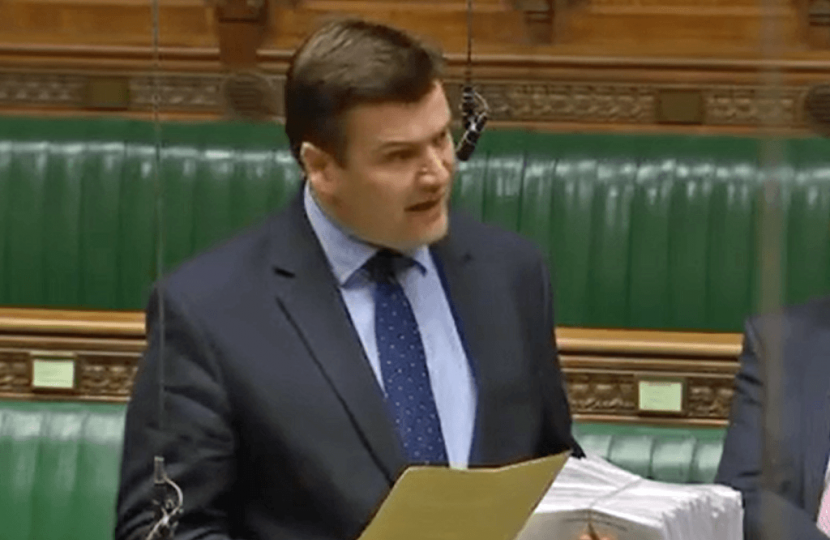
Cheddar Valley MP James Heappey will be leading a debate in Parliament ahead of next week’s decision on National Grid’s controversial pylon line through the area. After presenting a petition to Parliament in December which had been signed by more than half of the residents in the four most affected parishes, Mr Heappey wrote to Secretary of State Amber Rudd last week to set out the longstanding objections to the pylon line ahead of her decision due on 18th January.
“The battle over this pylon line has been running for eight years but with the decision now imminent, I wanted to make sure that our objections locally were heard as loudly as possible” said Mr Heappey earlier this week. “The petition was a powerful demonstration of the objection within the communities living nearest to these pylons but I know that the opposition extends far wider than that. This is a beautiful landscape with tourism a major part of our local economy, it seems unbelievable that we’re even contemplating putting these enormous pylons straight through the middle of it.”
“In my letter to Amber Rudd last week, I made a final bid to set out just why these pylons are so unwelcome and I am seeking to meet with her, alongside MPs representing the other constituencies affected by the pylon line to discuss those objections in more detail. However, it is a real bonus to have secured some parliamentary time to raise this important local issue in the House of Commons.”
“These pylons are enormous, they’re untested and they’re unsightly. Moreover, we are missing an opportunity to put something under the sea that would service all the marine based energy generation schemes that are envisaged in the Bristol Channel and Severn Estuary over the coming decades. This is a transmission line that is expected to operate until the end of the century – surely it makes sense to build something that will service all likely future needs not just the need of Hinkley C. I have argued for some time that if the project could be seen in the context of all that might come in the future, the cost benefit analysis of going underwater would look very different.”
